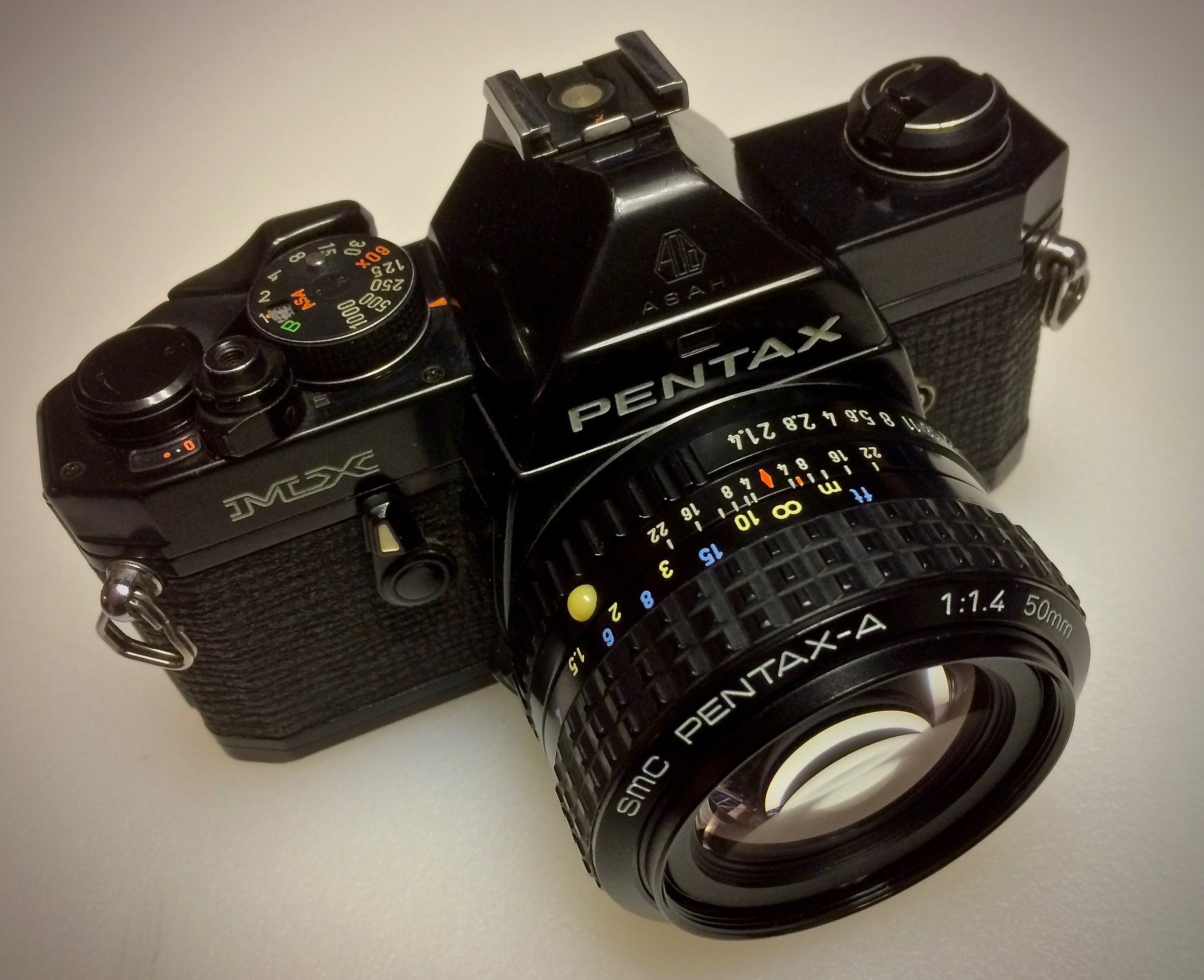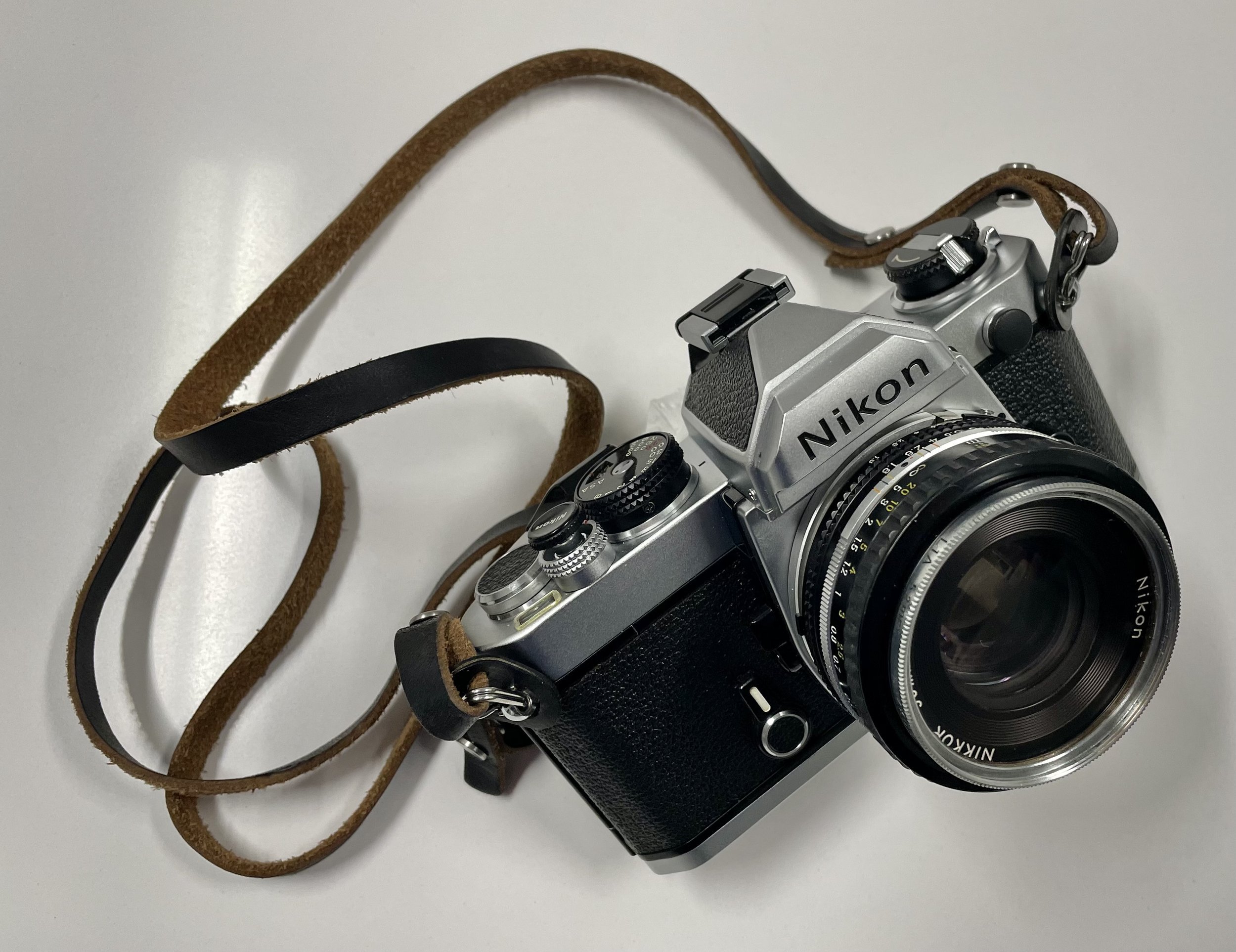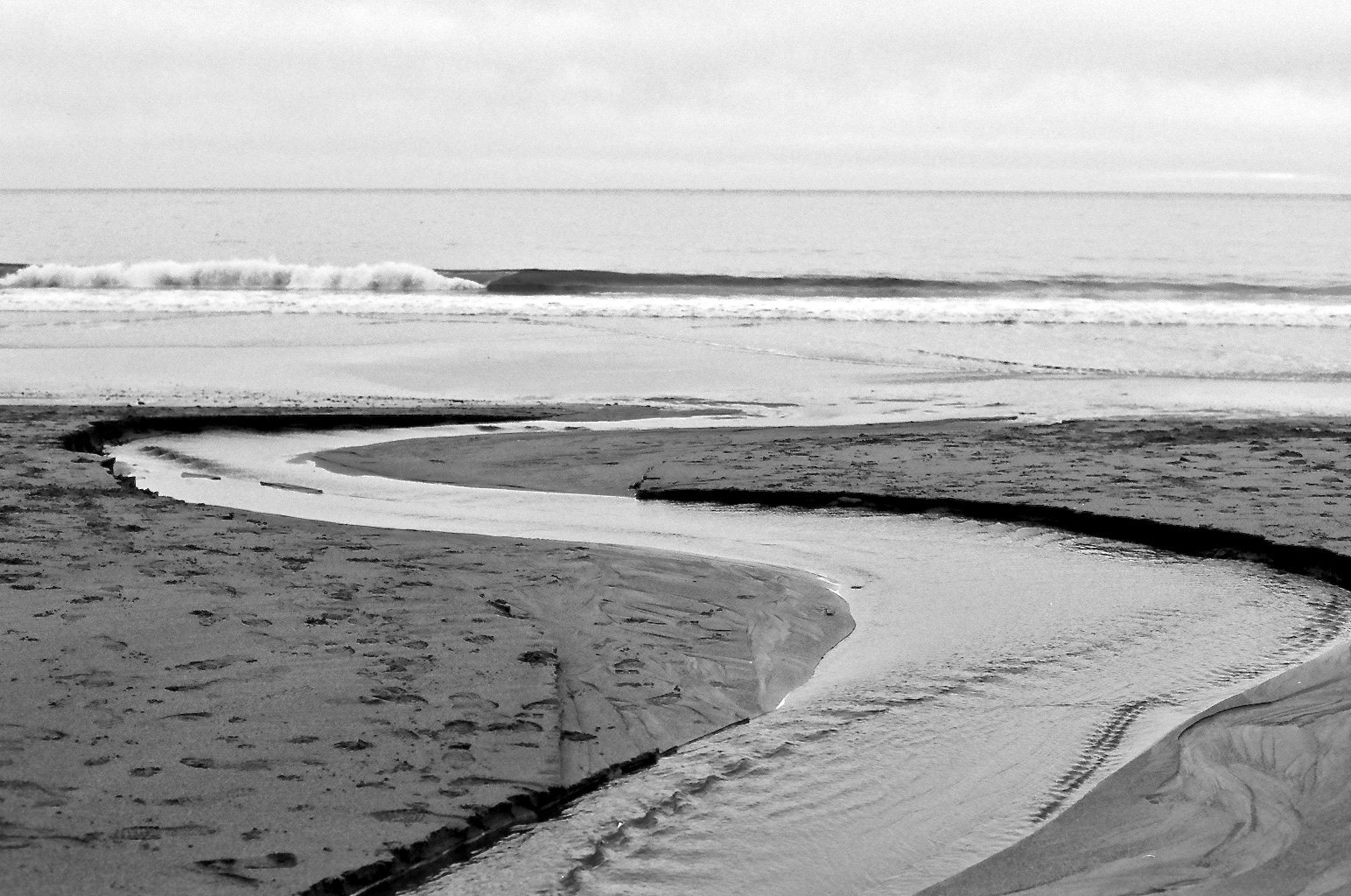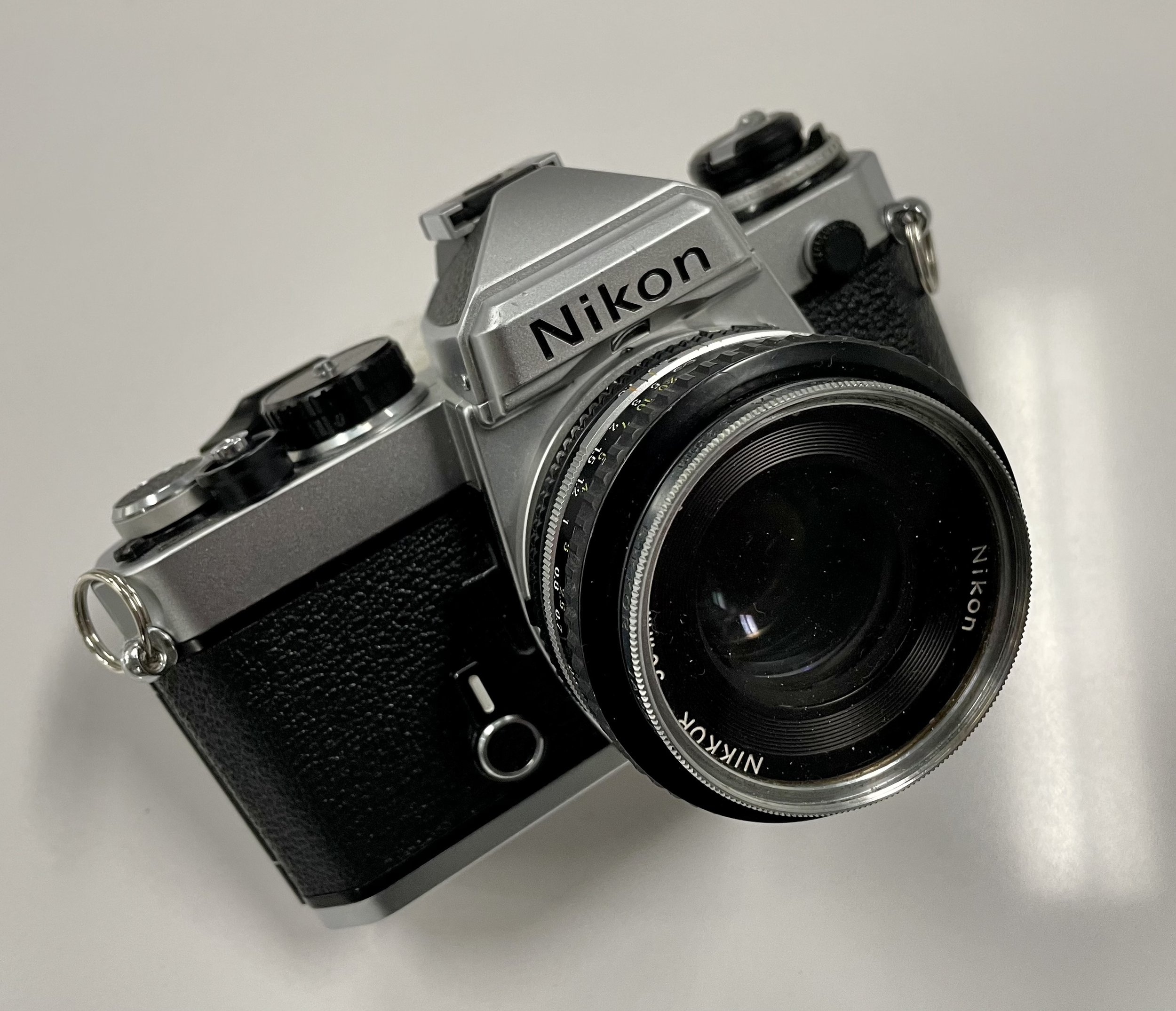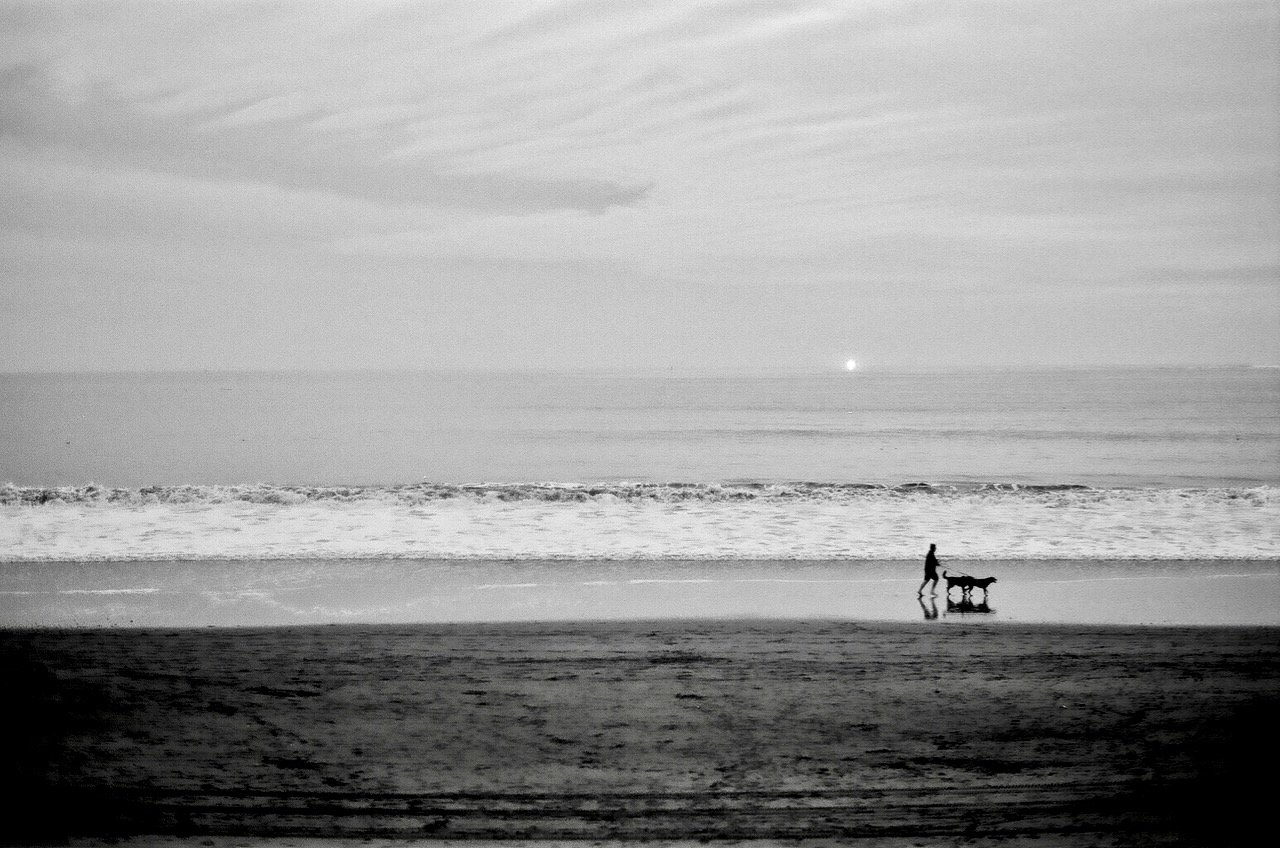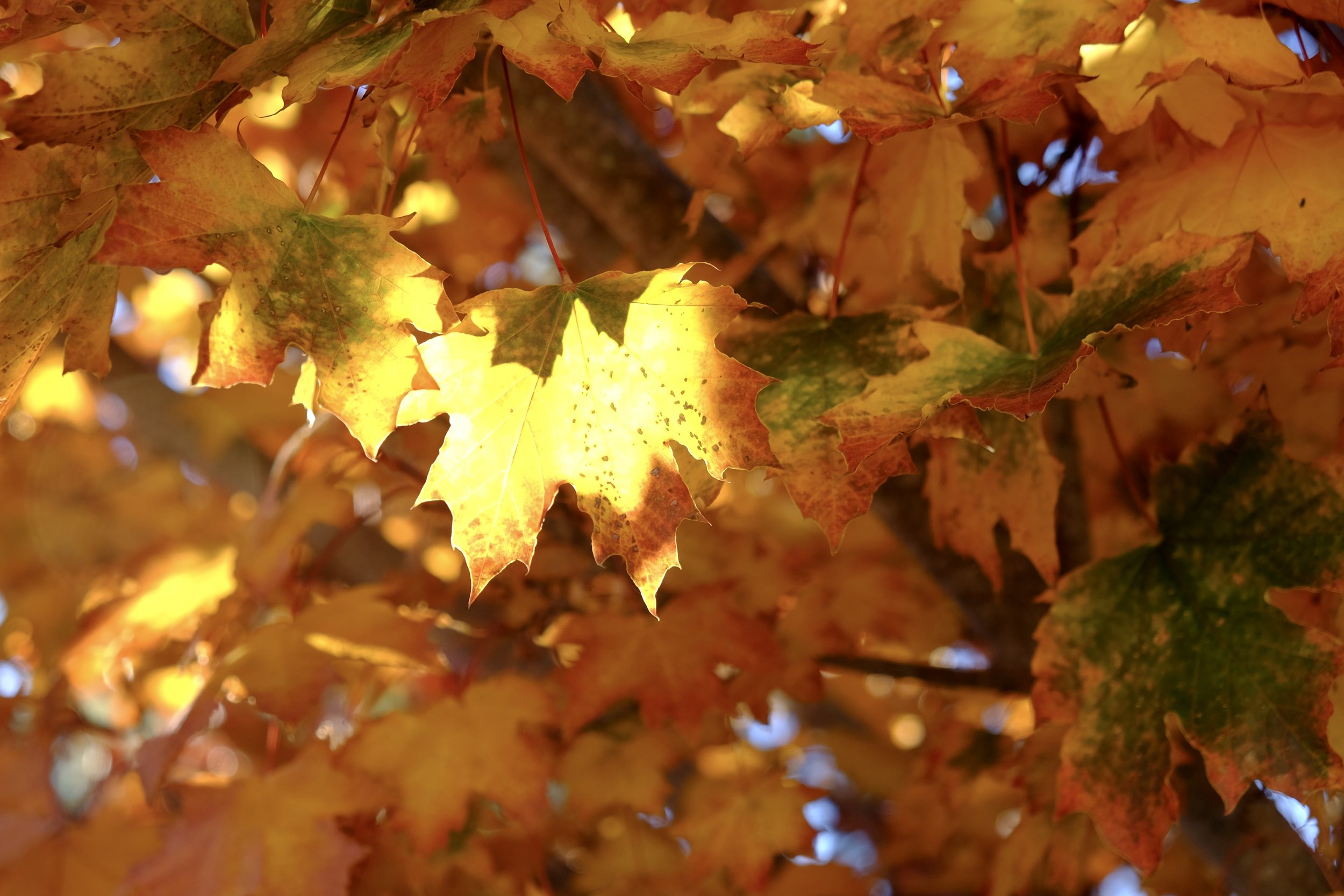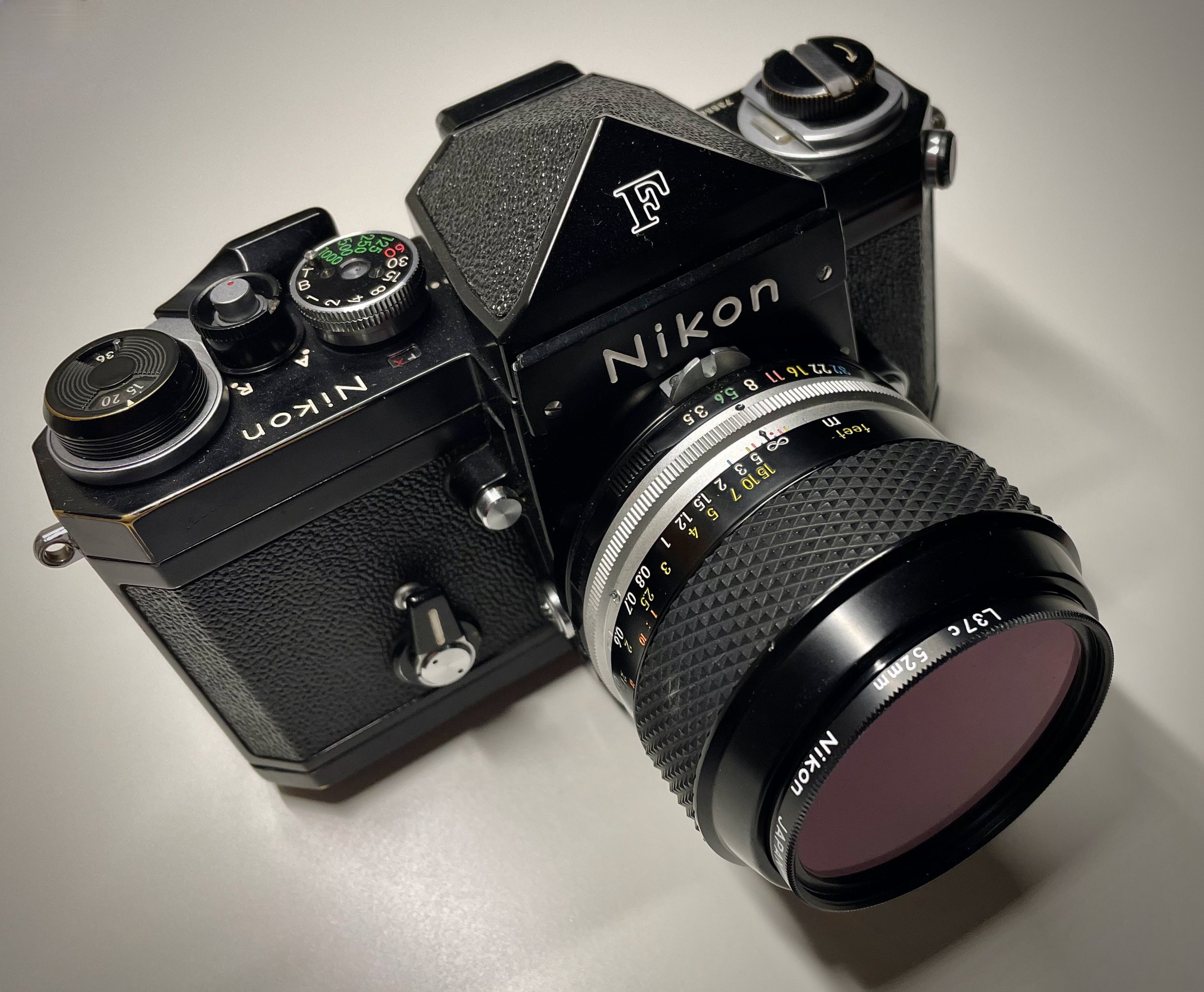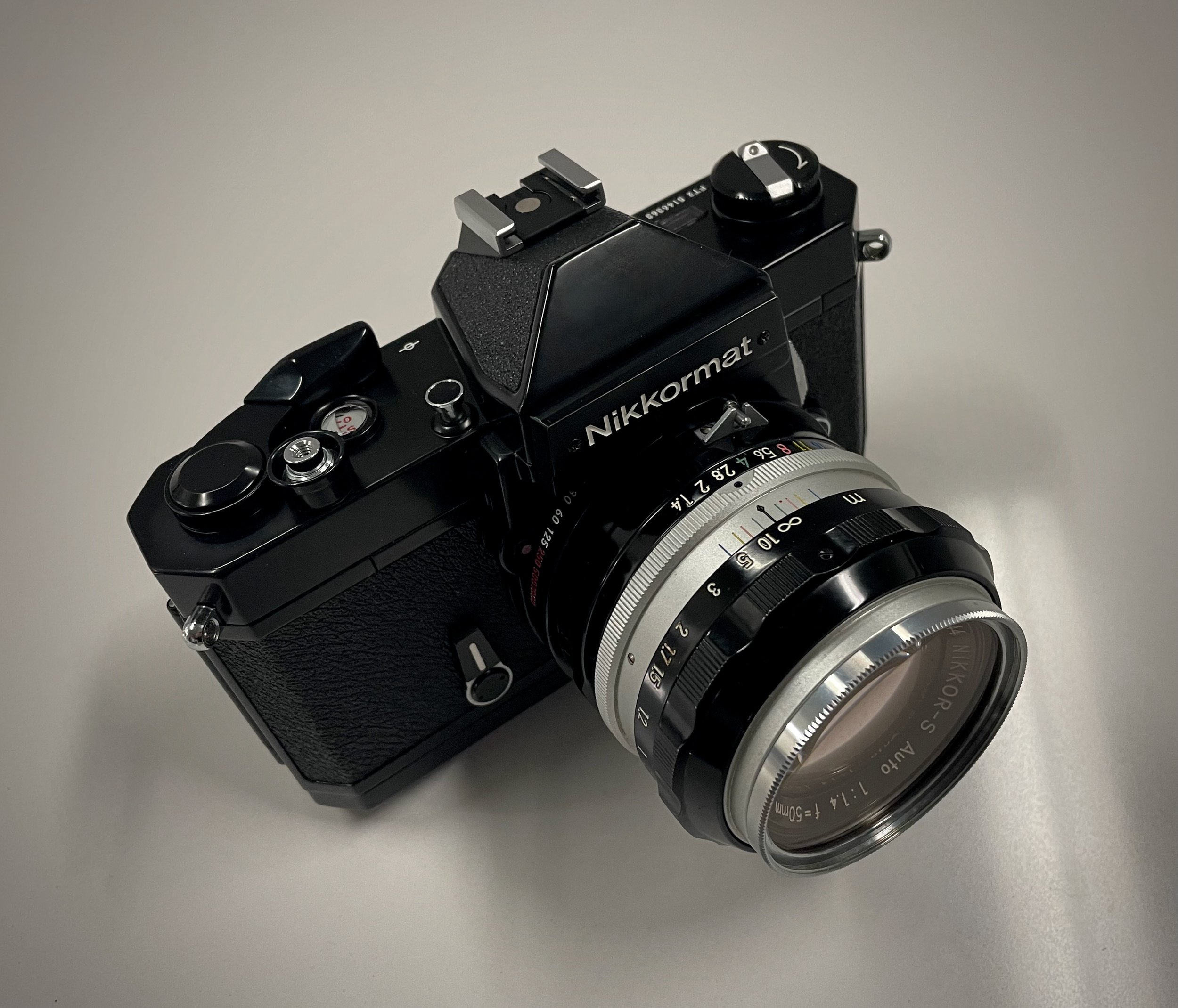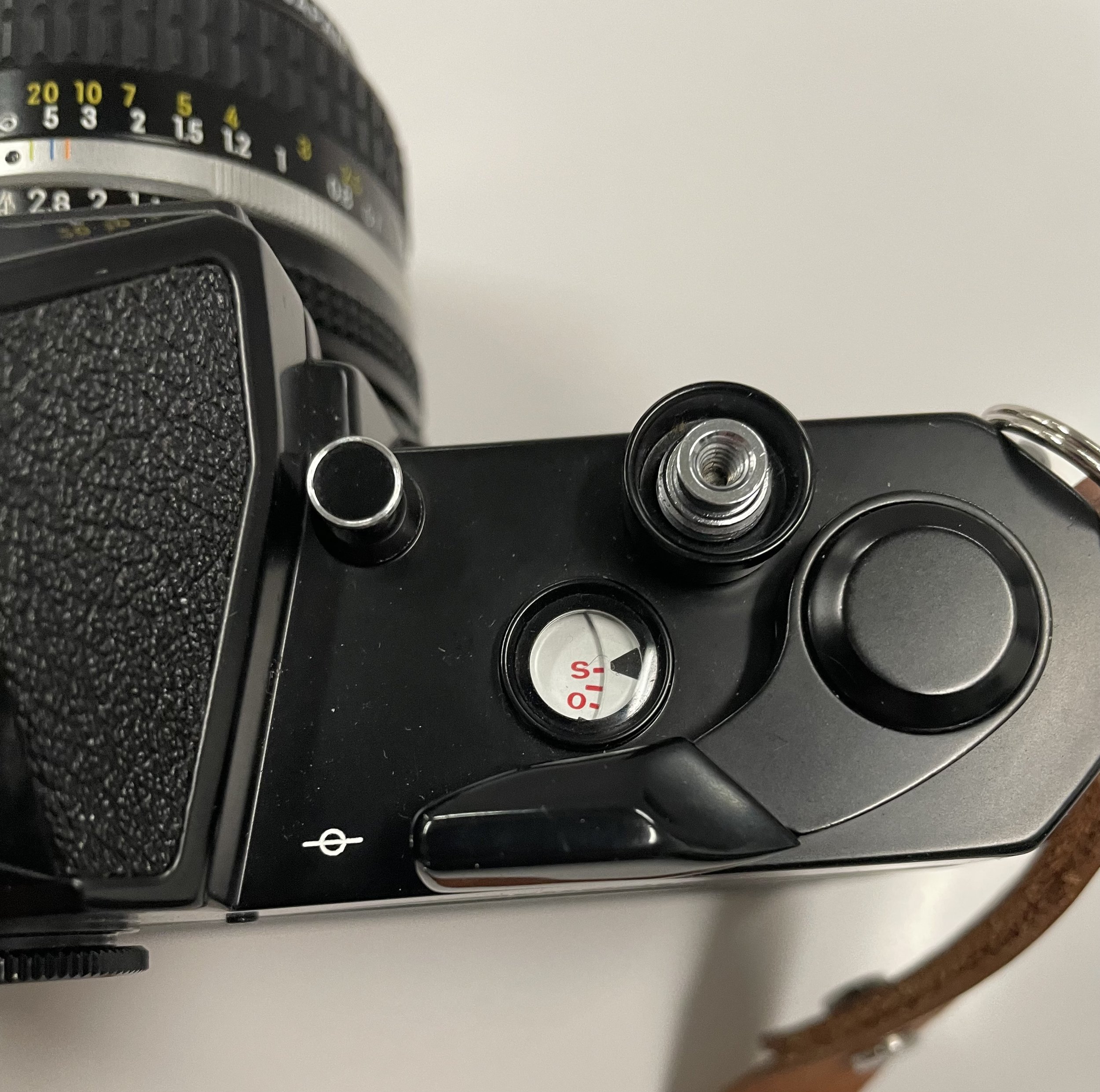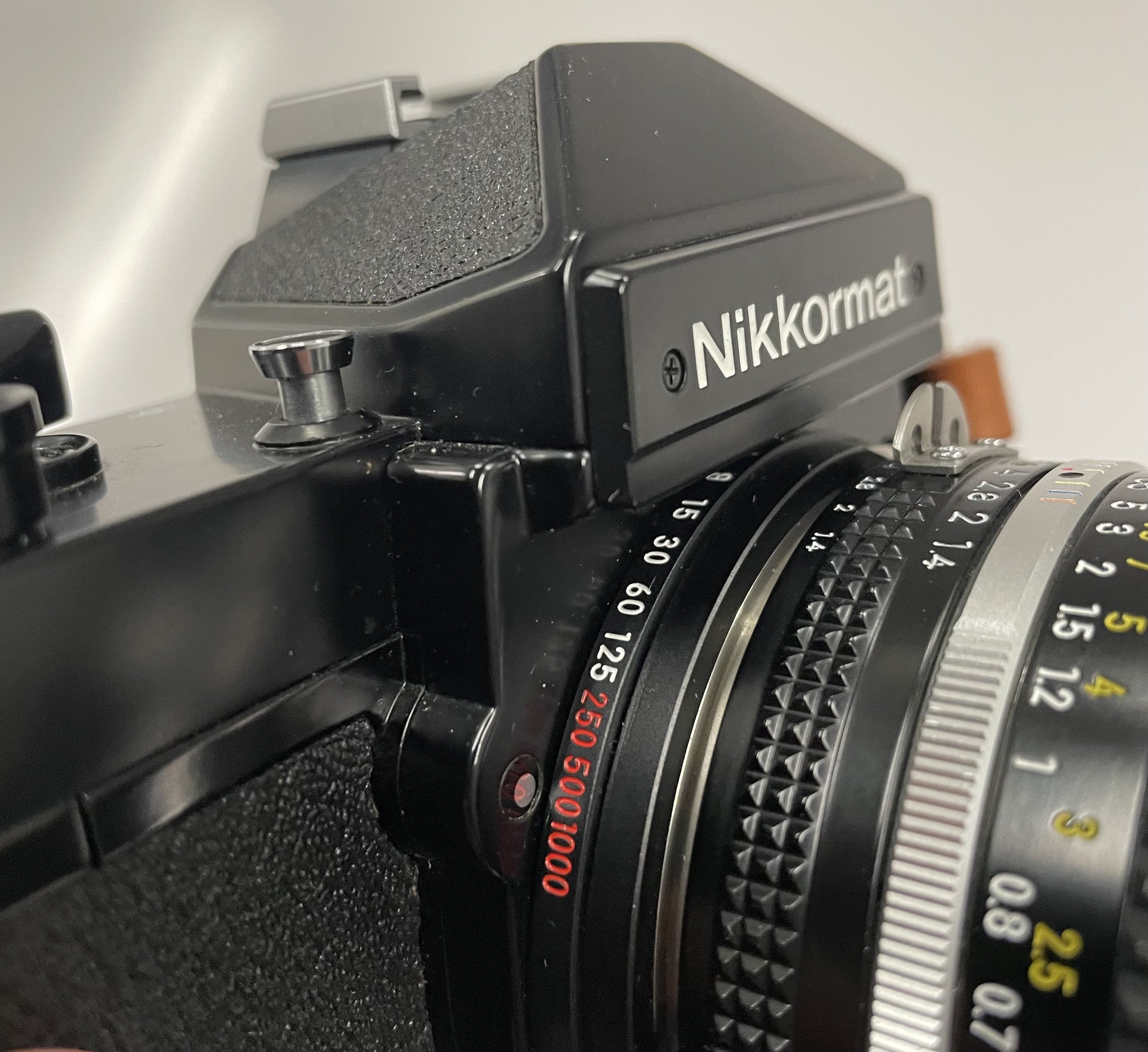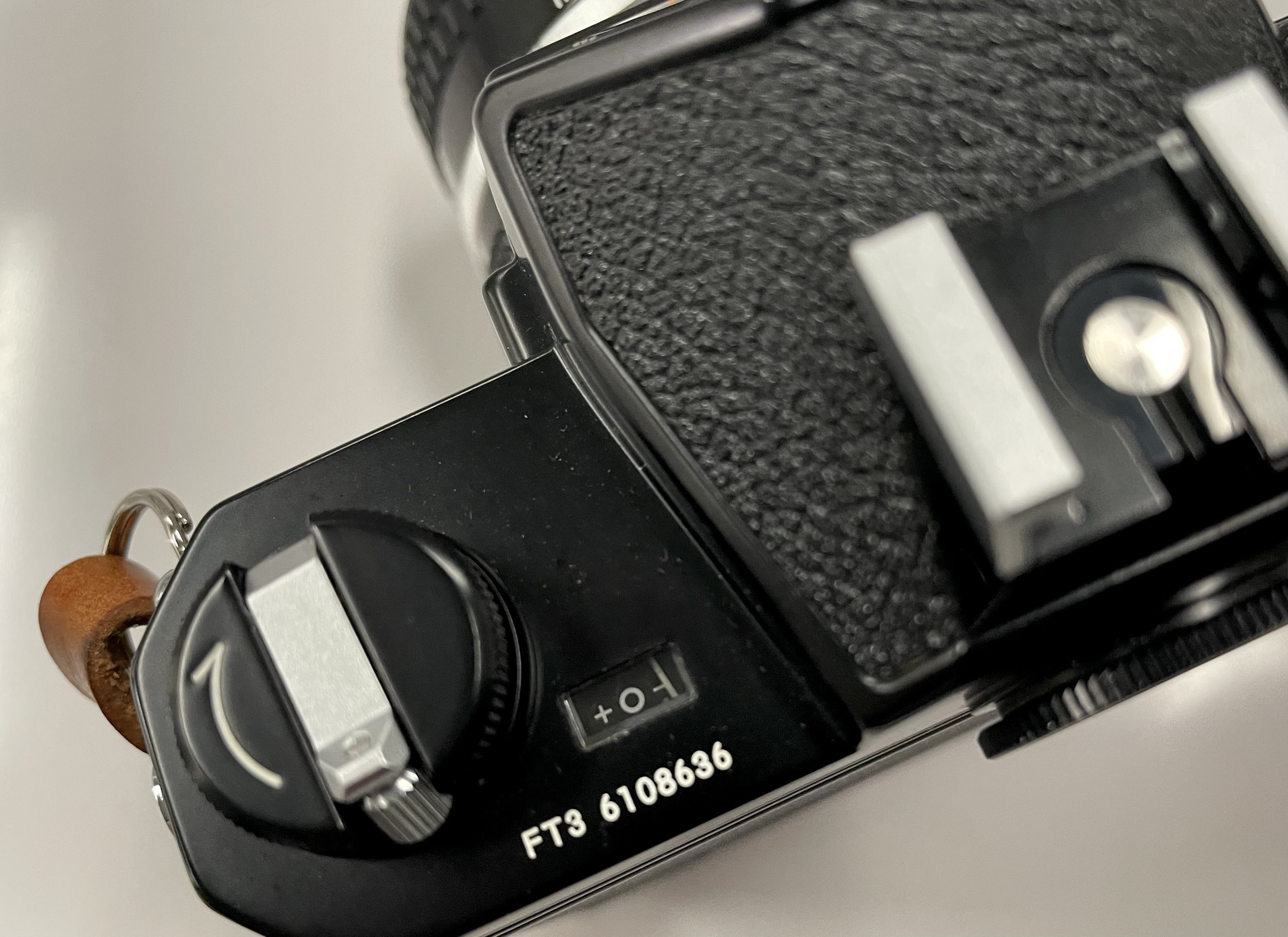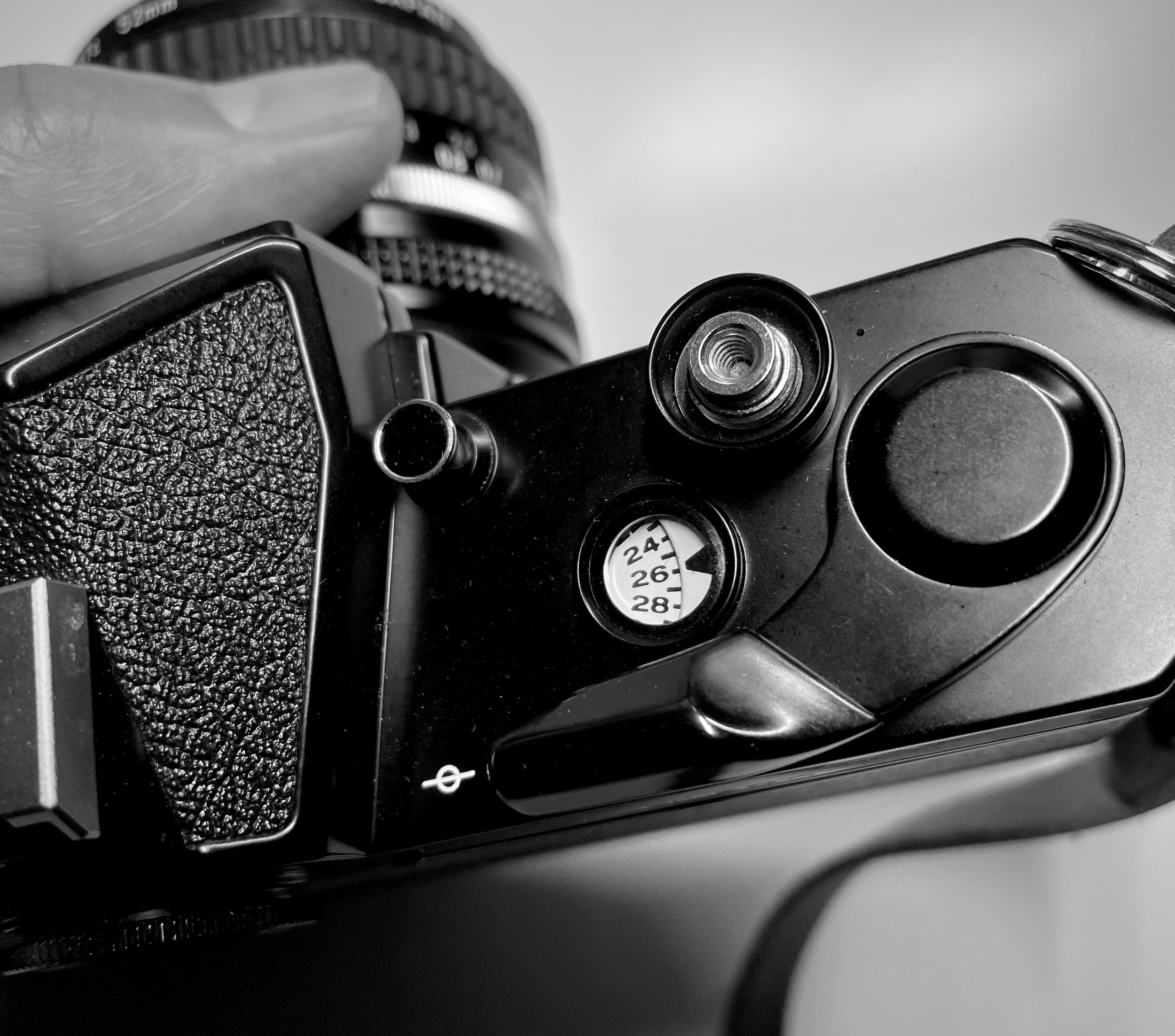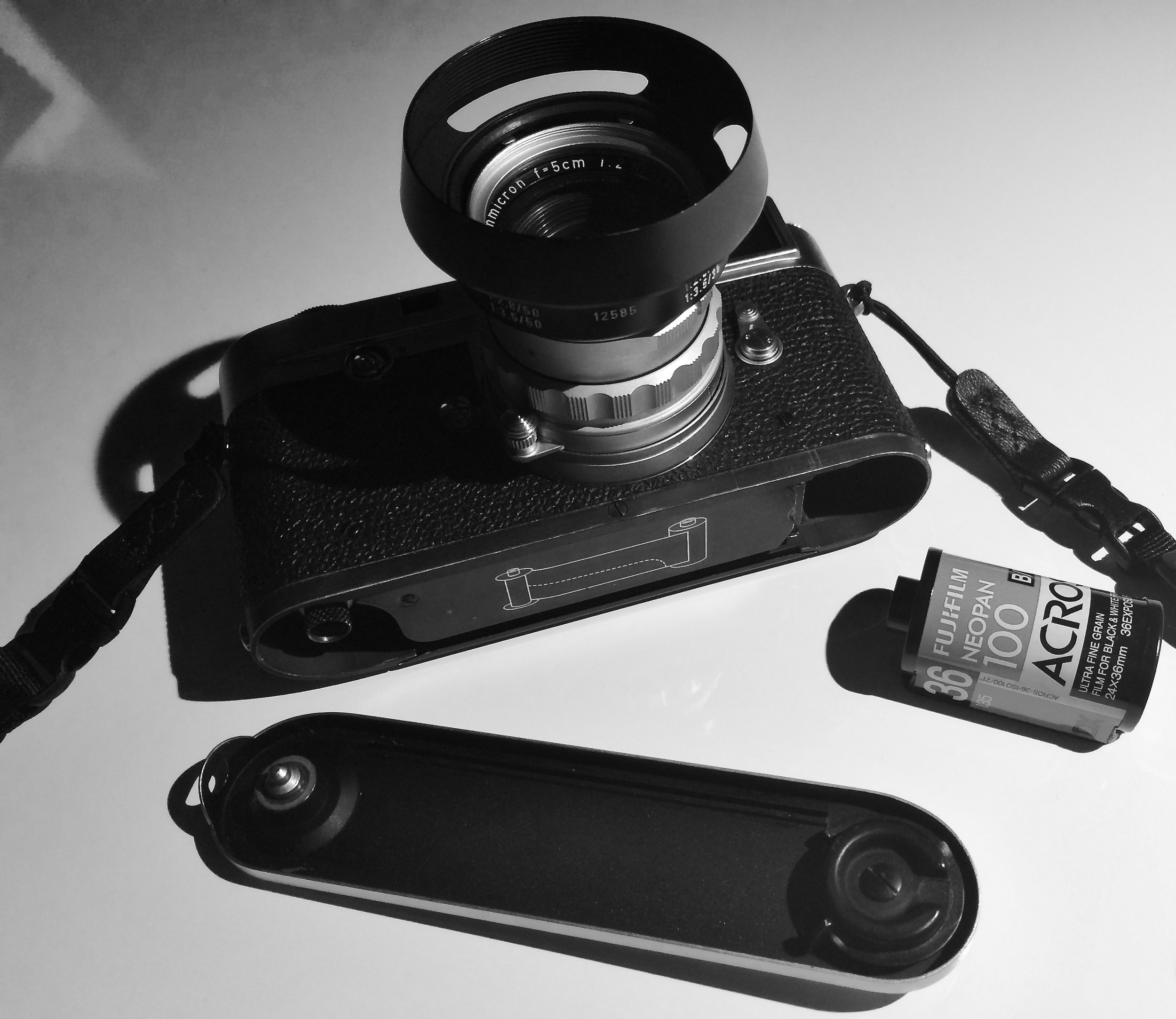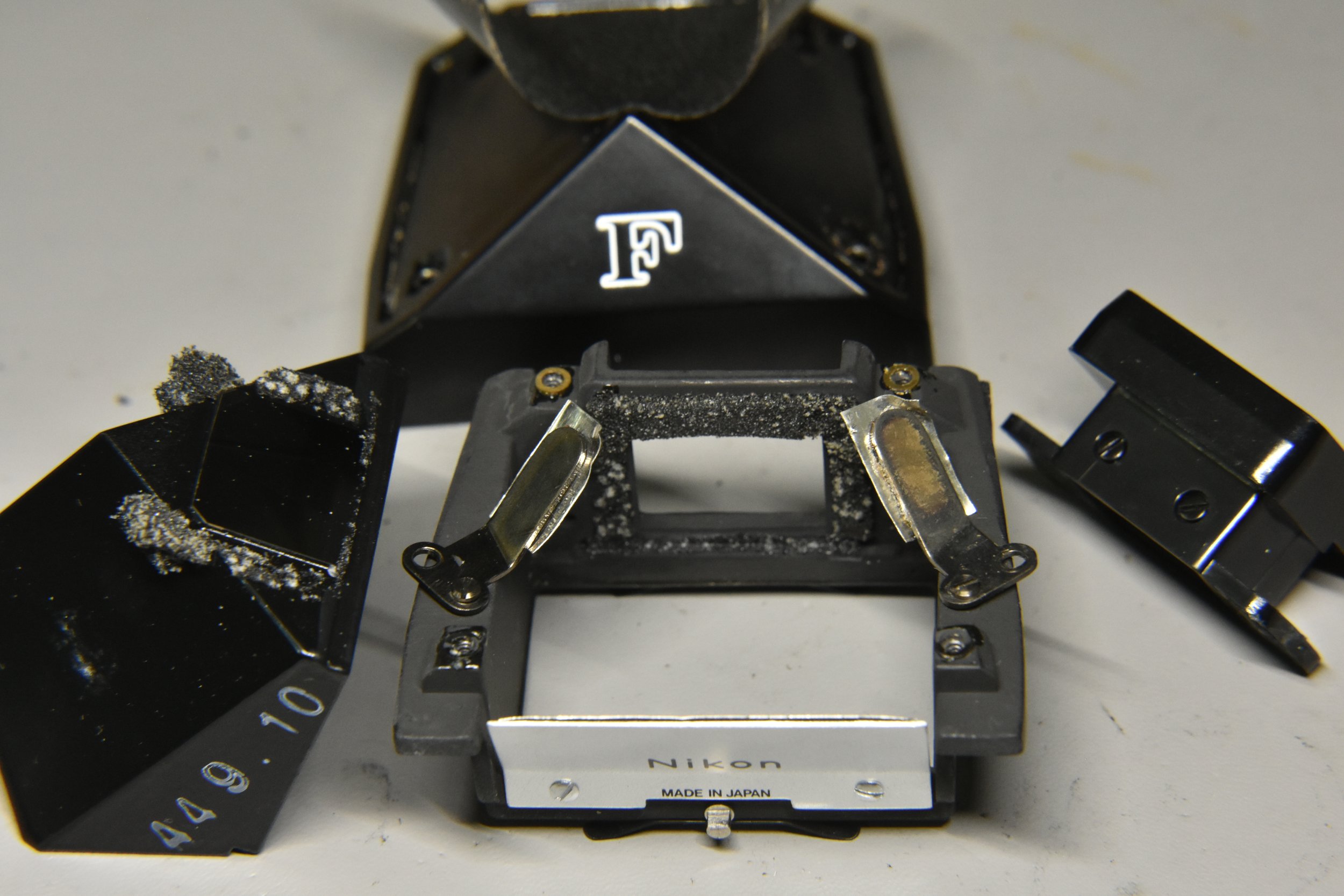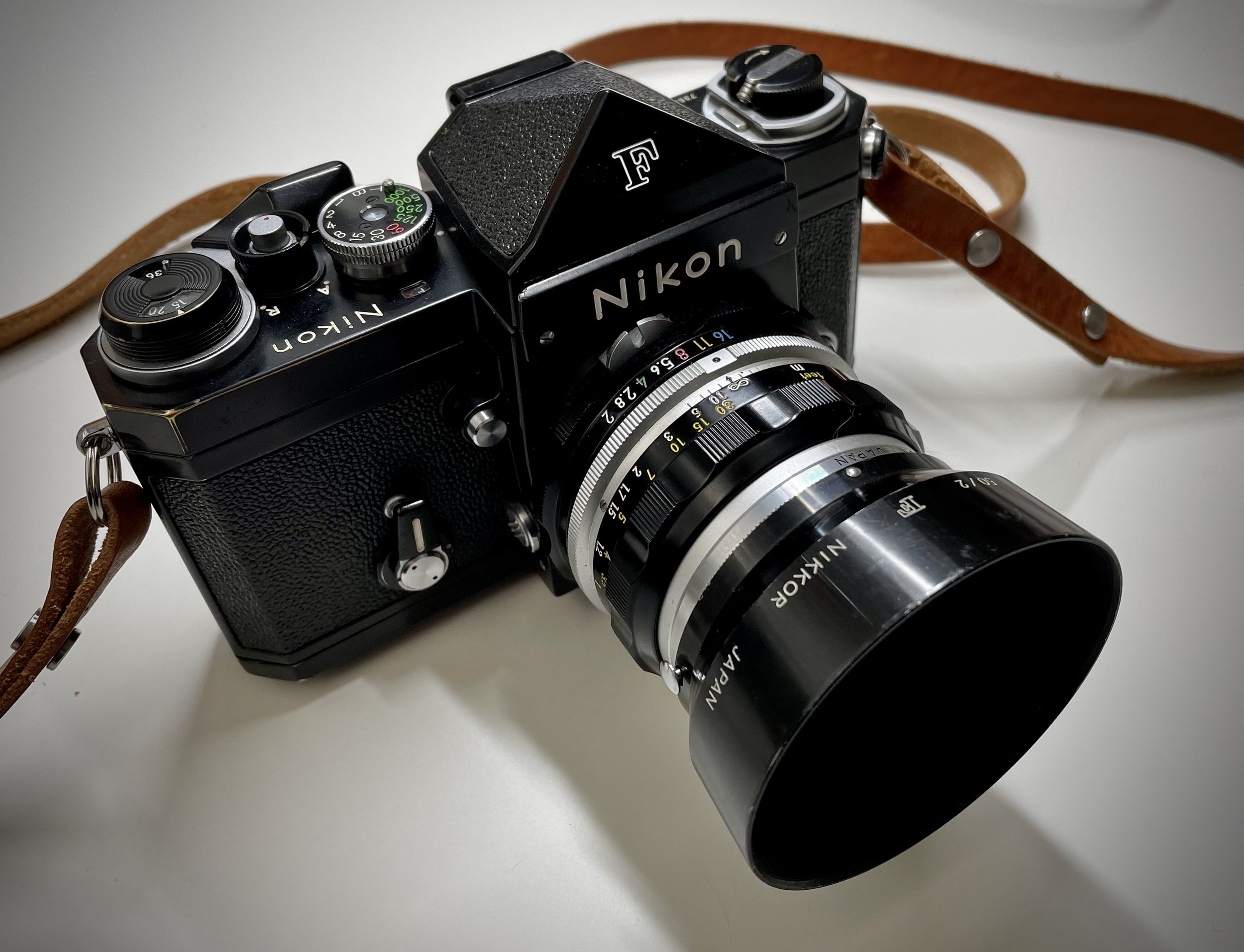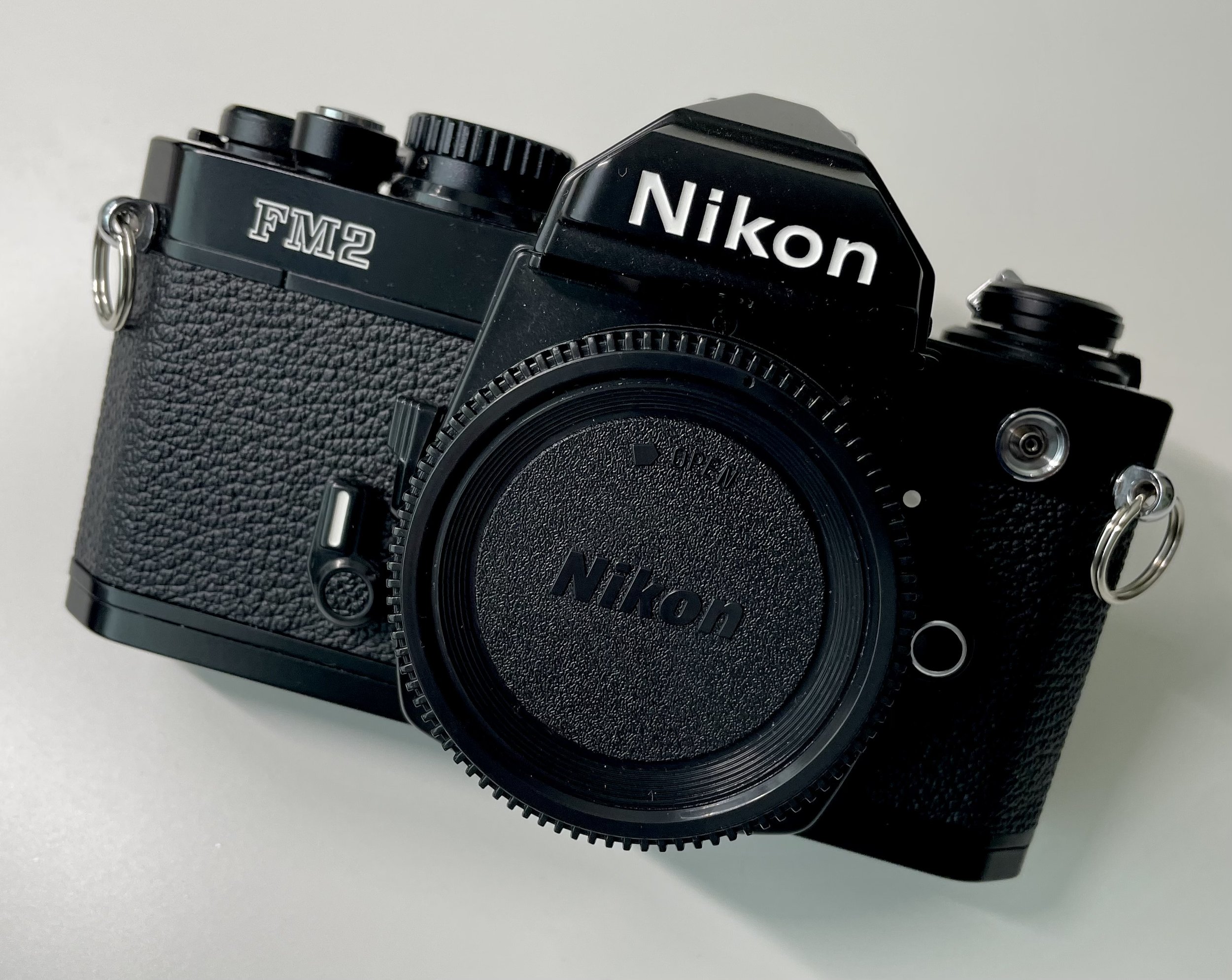30 Film Cameras You Should Try Before You Die
Ok, the headline is a bit dramatic, I admit.
I am wrapping up 2023 with a list of the top 30 cameras that I have experienced since I started this blog. What I liked best and least about each of them, their quirks and anything I learned that might be helpful. Try one. Try six. Try all 30 if you’re a nut like me.
CANON P: This is a well made rangefinder from the 1960s, before Canon started making SLRs. It’s one of the least expensive ways to try out LTM (Leica Thread Mount) or M39 lenses. Canon also made lenses for their rangefinders. I had a 50mm f/1.4 that made gorgeous pictures. The Canon P is a delight to shoot. The only pitfall is that the shutter curtains are made of thin metal and are prone to wrinkling.
The Canon P with 50mm f/1.4 Canon LTM lens
CANON NEW F-1: Canon’s professional grade SLR circa 1981. It competed with Nikon’s F3. This was the last version of the F-1 series after the original F-1 and F-1n. Very robust SLR with aperture-priority metering. Uses Canon’s FD mount lenses which are exceptional and reasonably priced. The finish on this camera is unique and very attractive.
Canon New F-1 with 50/1.4 Canon FD lens
CANON A-1: Another FD mount SLR, the Canon A-1 is the ultimate point and shoot. In program mode, just focus and shoot. The A-1’s metering system will take anything you can throw at it. It also has a variety of other shooting modes too. Only drawback to the A-1 is the annoying Canon shutter squeal which can be remedied with a professional CLA. Do it yourselfers have spoiled lots of A-1s trying to squirt oil into the camera’s body. Use a pro.
The Canon A-1 with breech-lock mount 50mm f/1.4 Canon FD lens
CONTAX RX: The Contax RX is a very interesting camera, released just as the world was beginning to embrace autofocus. While it is not an autofocus camera, it has “autofocus assist”—a little display in the viewfinder that tells you when you’ve nailed your focus. It really works! The RX has every shooting mode you could want, has a very cool shutter sound and uses the amazing Carl Zeiss C/Y mount lenses. I took some beautiful pictures with mine. The RX has loads of electronics inside. I am not sure how well those electronics will age, but when this camera is working, it’s a joy to shoot!
Contax RX with 50mm f/1.7 Zeiss Planar
HASSELBLAD 500C/M: Two medium format cameras made my list, both SLRs. The first is the Hasselblad 500C/M. Shooting a Hasselblad is truly an immersive experience. From loading film to composing an image, tripping that amazing shutter and winding on the next frame…nothing is fast about a Hasselblad. But is it fun! And did I mention those Carl Zeiss lenses!
The Hassey with 80mm Zeiss Planar
LEICA M2: Of all the Leica rangefinders I tried, the M2 was my favorite. For pure minimalistic photographic joy, there’s nothing like an M2 with a 50mm or 35mm Summicron lens and some Tri-X film. The M6TTL would be a close second to the M2, but only because of a built-in light meter. My recommendation on buying Leica rangefinders is to only buy from reputable dealers and expect at some point to invest in a CLA.
Leica M2 with 50mm Rigid Summicron
LEICA R SERIES: Leica made SLRs too and my favorites are the R4, R5, R6 and R7. These cameras were the result of a partnership with Minolta and like other Minoltas that I will talk about in just a bit, some of the Leica R bodies suffer from various electronic gremlins. None of mine ever did. These Leica SLRs are one of the most affordable ways to experience the amazing quality of Leica lenses although prices have increased recently as cinematographers have discovered Leica glass. The R4, R5 and R7 have auto exposure modes. The R6 is completely manual. Leica SLRs have big, bright, beautiful viewfinders.
Leica R4s MOD-P with 60mm f/2.8 Macro-Elmarit
LEICAFLEX SL2: The 1973 vintage SL2 was the last of the Leicaflex cameras, predecessor to the R-Series. It might be the smoothest, sweetest sounding, most confidence-inspiring camera I have ever shot…period! There’s a story around the internet that Leica over built this camera and lost money on every copy sold. Their rationale was that people would buy lenses and that’s how they’d make money. I am not sure if this is true or just an urban legend, but I will tell you that the SL2 is over built. Every single part. The fit and finish on the SL2 is extraordinary. Every knob, lever and dial moves with perfection and authority. It’s a camera you want to shoot with and fiddle with when you’re not. You can find these cameras for sale in the $300-$500 range, but buyer beware. My SL2 required an extensive CLA and conversion to modern batteries. Don Goldberg at DAG did the work and when I got the camera back, it was a work of art. Expensive, but worth it.
Leicaflex SL2 with 35-70 Vario-Elmar zoom
MAMIYA 645PRO: Only two medium format cameras made the list and this is one of them. The 645Pro is a system camera, very modular. This camera handles like a 35mm SLR, has oodles of lenses and accessories and is easy to use. With finder and power grip, it's a big and heavy beast. Strip it down to the basic waist level finder and crank-style film advance and it's very portable.
Mamiya 645Pro with power grip and AE finder
PENTAX MX: This is a very small, simple, manual everything SLR that takes Pentax K-mount lenses. The MX was the professional model in a line-up that included the ME and the ME Super consumer models. The size and weight of this camera makes it an ideal companion for hiking or photo walks.
Pentax MX with 50mm SMC Pentax-Z f/1.4 lens
PENTAX ME: The Pentax ME is my 35mm point and shoot. Aperture-priority auto-exposure is the only mode available on the ME. Some might see that as a limitation, I see it as liberation. Mount your favorite Pentax K-mount lens on the front, drop in some film, go shoot!
Pentax ME with 85mm f/1.8 SMC Pentax-M lens
PENTAX LX: I’ve had four of these. Two worked flawlessly, two gave me all sorts of fits. Needless to say, I still think everyone should try this amazing camera from Pentax that was in production from 1980 to 2001. The LX was a professional grade system camera. It was weather-sealed, had very accurate off-the-film-plane metering and feels just great in the hand. Do some research on the LX and you will read about its “sticky mirror syndrome” as well as issues with its aging electronics. Pentax guru Erick Hendrickson used to service the LX. He doesn't anymore. I am not sure anyone does. Pity as the LX is about as good as it gets.
The author with his LX on Portra 400 film
PENTAX K2: The K2 was the top of the line in a post Spotmatic series of cameras that included the K1000, KM and KX. The K2 offered aperture-priority auto exposure and was considered a pro-level body. It was only in production for a few years prior to the introduction of the LX. The only thing bad I have to say about this camera is that the ASA setting is done via a ring around the lens mount. Over time, these get very difficult to turn. A tech can remedy this during CLA.
The Pentax K2
PENTAX SPOTMATIC: The Pentax Spotmatic was the first 35mm SLR with through-the-lens (TTL) metering. I also think it is one of the nicest looking cameras ever made. In 1960s advertisements, Pentax invited photographers to “Just Hold a Pentax.” Indeed, a Spotmatic feels just great in your hand. I have to admit that I was put off by the things I read about the Spotmatic for quite a while. First, the battery needed to power the camera’s meter was no longer available and second, the camera required stop down metering. When I finally decided to try one, the body I bought off of eBay arrived with tons of corrosion. Eventually, I came across a nice Spotmatic. I discovered the battery issue is a non-issue. And after a few shots using stop down metering, it became second nature. Later Spotmatic F models eliminated the need for stop down metering with SMC Takumar lenses. While cameras in my collection have come and gone, there’s always been a Spotmatic around.
Pentax Spotmatic with 55mm f/1.8 SMC Takumar
NIKON F: Nikon turned the photographic world upside down in 1959 when they introduced the F body and the Nikon F mount lens, which is still used on Nikon DSLRs. The F is a legendary camera and I only came to appreciate it this year when I acquired several with the non-metered prisms. Like the Leica M2, I find this version of the Nikon F pure, minimalistic photographic joy.
NIKON F2AS: The F2 was the follow up to the Nikon F. Introduced in 1971, it would stay in production until 1980. All of that time, the camera body stayed the same. Nikon introduced several new prism heads with auto-indexing and more sensitive meters. The last version was the Nikon F2AS. Some people call the F2 Nikon’s best mechanical SLR. Some say it is perhaps the best mechanical SLR period.
Nikon F2AS with 55mm f/2.8 Micro-Nikkor
NIKON F3: The F3 was Nikon’s third professional camera and the first with an electronic shutter that required a battery. Hard to imagine today because everything runs on batteries, but professional photographers at that time were very hesitant to buy into a camera body that required batteries. It turned out that the F3 was just as dependable as the F and F2 and would stay in production the longest of any of Nikon’s professional cameras. The F3 is a great camera and has the nicest film advance, I think, of any 35mm SLR.
Nikon F3HP
NIKON F4: The 1988 F4 introduced Nikon photographers to autofocus. It’s also one of Nikon’s most flexible camera bodies, accepting every Nikon lens made since 1959 with certain limitations. The F4 is a beast. It’s big and heavy but feels really amazing in hand. There are several different battery grips available for the F4. The photo below shows the F4 with the MB-20 grip, allowing for the smallest and lightest F4 configuration.
NIKON FM, FE, FE2, FM2: All of these are essentially the same camera. The FM is the first in this series of cameras first released in 1977. The FM and later FM2 were manual everything cameras. The FE and FE2 offer manual plus aperture-priority auto exposure. In 2001, Nikon released the FM3a which incorporated all of the best features of all of its predecessors.
The Nikon FM
MINOLTA XD: Of all of the Minolta cameras I have tried, I liked the XD best. The XD was called the XD-11 in the US, the XD-7 in Europe and just XD in Japan. The XD is a historically significant camera because it was the first SLR to offer both aperture-priority and shutter-priority auto-exposure modes. More important still, the XD had a built-in, simple but effective microprocessor. In shutter-priority mode, if the photographer selects a speed that the camera determines is outside proper exposure parameters, it will automatically select another one that will deliver a good exposure. This was the first ever "program" mode on a camera. The XD also offers a fully manual exposure mode. The XD was made in a joint venture with Leica and it just oozes quality. There was also a XD-s which offered built-in diopter correction. Some Minolta photographers report electronics issues with the XD line, the same gremlins that infect the Leica R cameras perhaps?
Minolta XD. Leica hiding inside.
Olympus OM-1 and OM-2: 35mm SLRs were big and heavy until Olympus changed the game in 1972 with the introduction of the OM-1. After that, Nikon and Pentax scrambled to downsize their SLRs to compete. In previous posts I have called these Olympus cameras “jewel-like” and they really are wonderful to shoot. The Zuiko lenses are pretty amazing too. The OM-1 uses mercury batteries so you will have to use a Wein cell or have it converted to take modern 1.5v batteries.
Olympus OM-1n with OM Labor 50mm f/1.4 Zuiko
There are a few cameras which are too new to me to make this list. I am currently shooting three different Nikkormat cameras; the FTN, FT2 and FT3. I am very impressed with all three. My Nikkormats will definitely make next year’s list.
Happy New Year from the Fogdog Blog!










